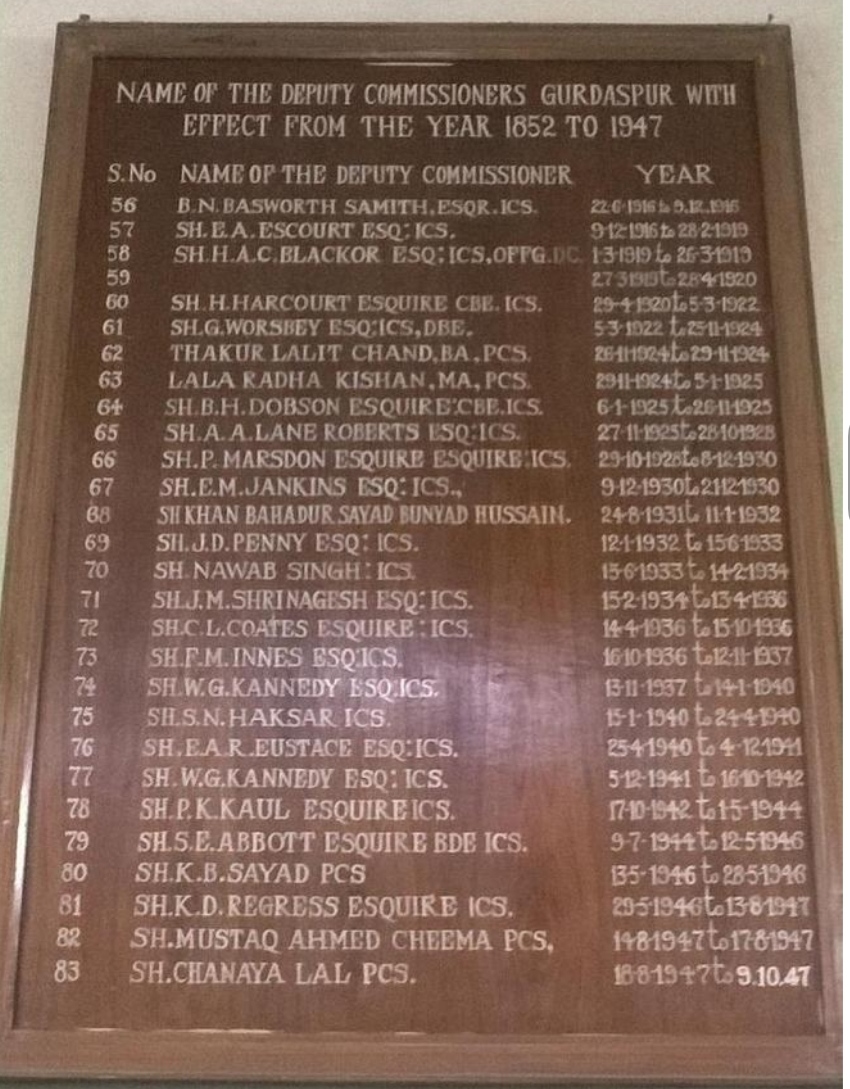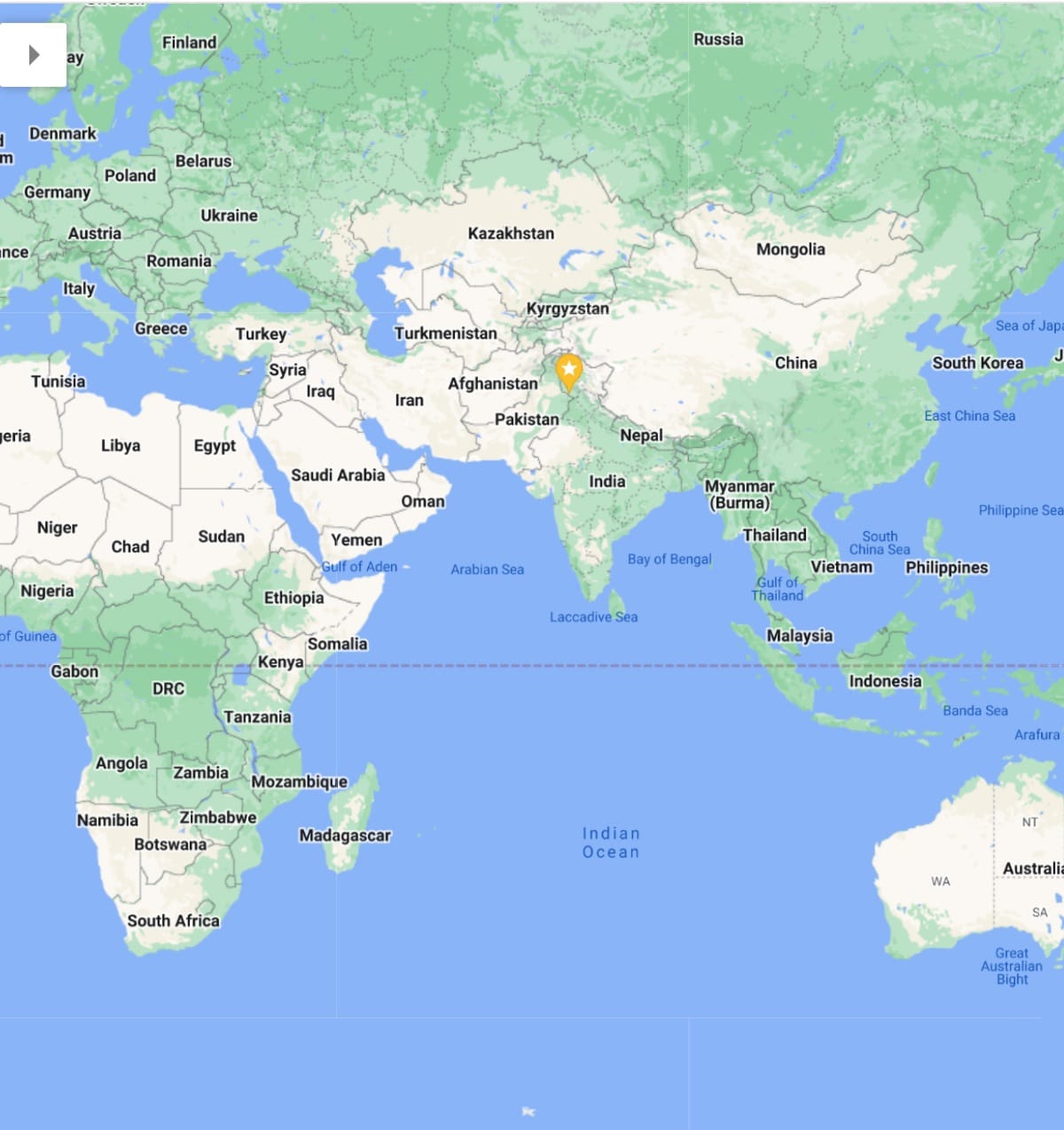Gurdaspur – the Dist that almost went to Pak
Chandigarh : While the nation celebrates Independence on August 15, the day of reckoning for Gurdaspur district is August 17.

The incumbency board in the DC’s courtroom in Gurdaspur.
Chandigarh, August 16
While the nation celebrates Independence on August 15, the day of reckoning for Gurdaspur district is August 17.
Till August 17, 1947, it was assumed that the district would be in Pakistan territory. But for a last minute change by Sir Cyrill Radcliffe, who drew the map of the Partition of India, and the delayed announcement of the award of territories by Governor General Mountbatten, the highly strategic district remained with India.
The district, which is in the news following a terror attack by Pakistani terrorists, enjoys a unique position in the history of the region.
The incumbency board at the office of the District Magistrate stands as a living testimony to the uniqueness.
It lists Mushtaq Ahmed Cheema as the DC from August 14 to 17, 1947, who later moved to Pakistan on that day. Indian DC Chanaya Lal took over from him on August 17.
Though the value of August 17 is forgotten as no special function is held on that day in Gurdaspur, historians have talked much about the relevance of the day. Some analysts have even termed the decision on Gurdaspur as one of the major quirks of fate that shaped the destiny of India.
It was because of this decision that India could hold on to Kashmir when Pakistani army-backed Kabailis attacked it in October 1947. India sent the Army and equipment by road to Kashmir via Gurdaspur, the only available route to the Valley.
The route — National Highway 1 that goes through Pathankot -– continues to be the main connection to the Valley.
Dr Abhinav Trikha, Deputy Commissioner, Gurdaspur, said incumbency boards have been listing Deputy Commissioners of a given district from the British era, but the incumbency board here is specially taken care of. “The board is hung in my court room. It is a reminder to those three important days in August 1947.”
Historians believe that Radcliffe gave Gurdaspur to India as he wanted the partitioned maps to look good. The map would have looked ugly if Gurdaspur was in Pakistan. It protruded deep into Indian territory, cutting off the only route connecting India with Kashmir.
Dominique Lappiere and Larry Collins in their book ‘Freedom at Midnight’ talk in detail about the significance of the decision.

The district had 47 per cent Muslims and 40 per cent Hindus at that time, with Sikhs and other communities making up the rest. It is said that Radcliffe had earmarked Gurdaspur for Pakistan though the combined population of Hindus and Sikhs outnumbered the Muslims.
The writers in the book say, “Radcliffe elected to follow the natural boundary of the Ravi river, leaving the city and the Muslim villages around it inside India, instead of creating a Pakistani enclave protruding into Indian territory.”
They further wrote, “Without Gurdaspur, India would have no practicable land access to Kashmir.”




